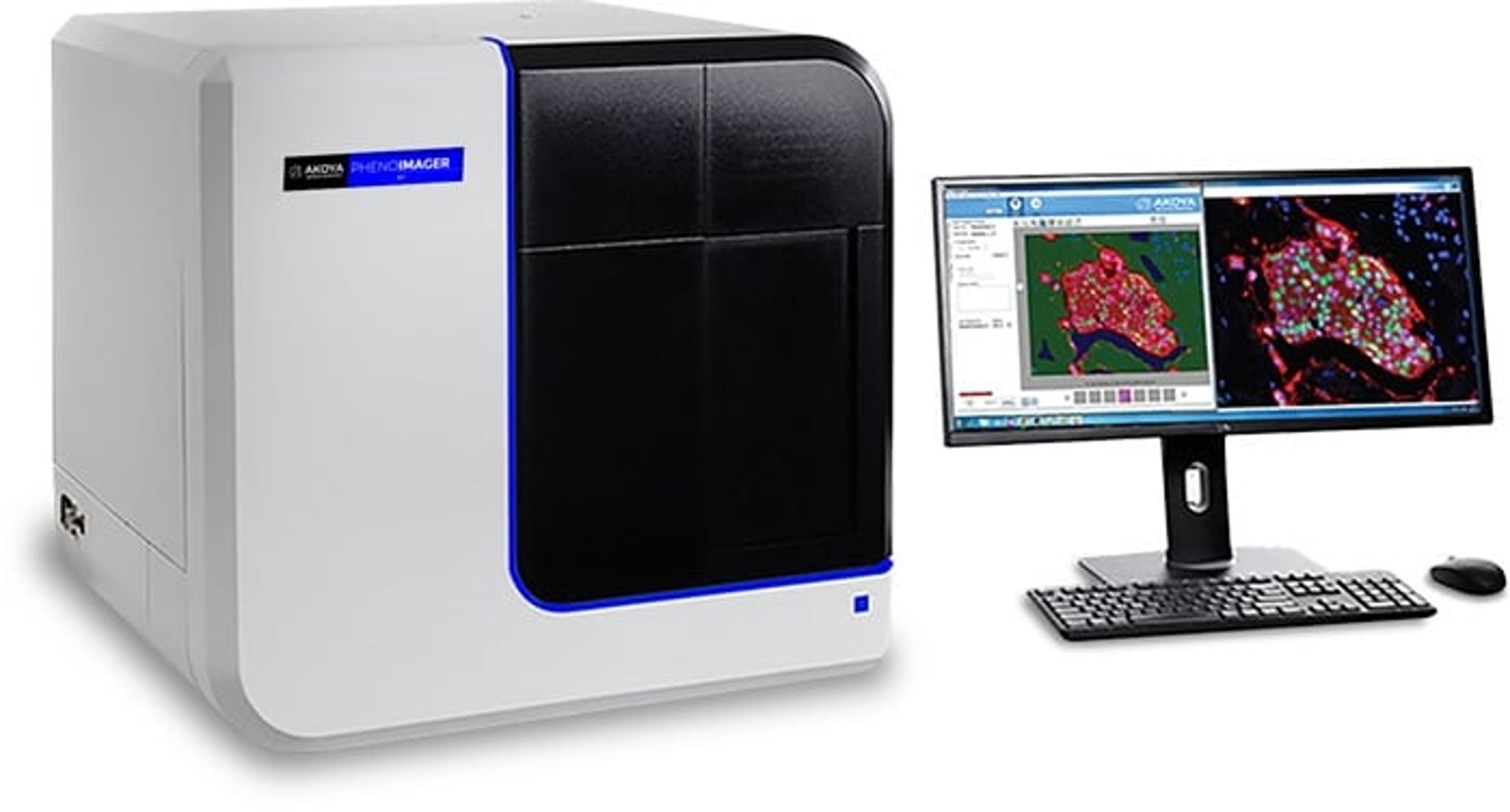Developing a spatio-temporal single-cell type map of adult human tissues
To comprehensively understand human health and applications of molecular and precision medicine, it is critical to characterize biological processes at the tissue and cellular level. During this webinar, Dr. Cecilia Lindskog, research group leader and associate professor from Uppsala University, will describe how scRNA-seq, spatial proteomics, and machine learning algorithms can be used to generate high-resolution spatio-temporal maps of human tissues.
Using these approaches, distinct subpopulations of cells linked to pathways involved in normal and disease states were identified. Through a large-scale multiplex immunofluorescence pipeline, deep characterization of >500 proteins was performed to map the spatial localization. Combined analysis of mRNA and protein expression enabled the mapping of temporal and dynamic changes in gene expression and mRNAs that exhibited variable spatio-temporal expression patterns. Furthermore, putative functions were assigned to numerous uncharacterized proteins within a tissue-specific context.
Key learning objectives
- Learn about the progress made towards a complete spatial map of the human proteome
- Understand how quantitative data can be linked with tissue morphology to create a spatio-temporal single-cell type map
- Discover examples of novel cell state-specific expression patterns validated with spatial biology techniques
- Explore how spatial biology has provided valuable insights into molecular function and mechanisms of disease pathways
Who should attend?
- Researchers
- Principal investigators
- Professors
- Post-doctoral researchers
Certificate of attendance
All webinar participants can request a certificate of attendance, including a learning outcomes summary, for continuing education purposes.
Speakers



